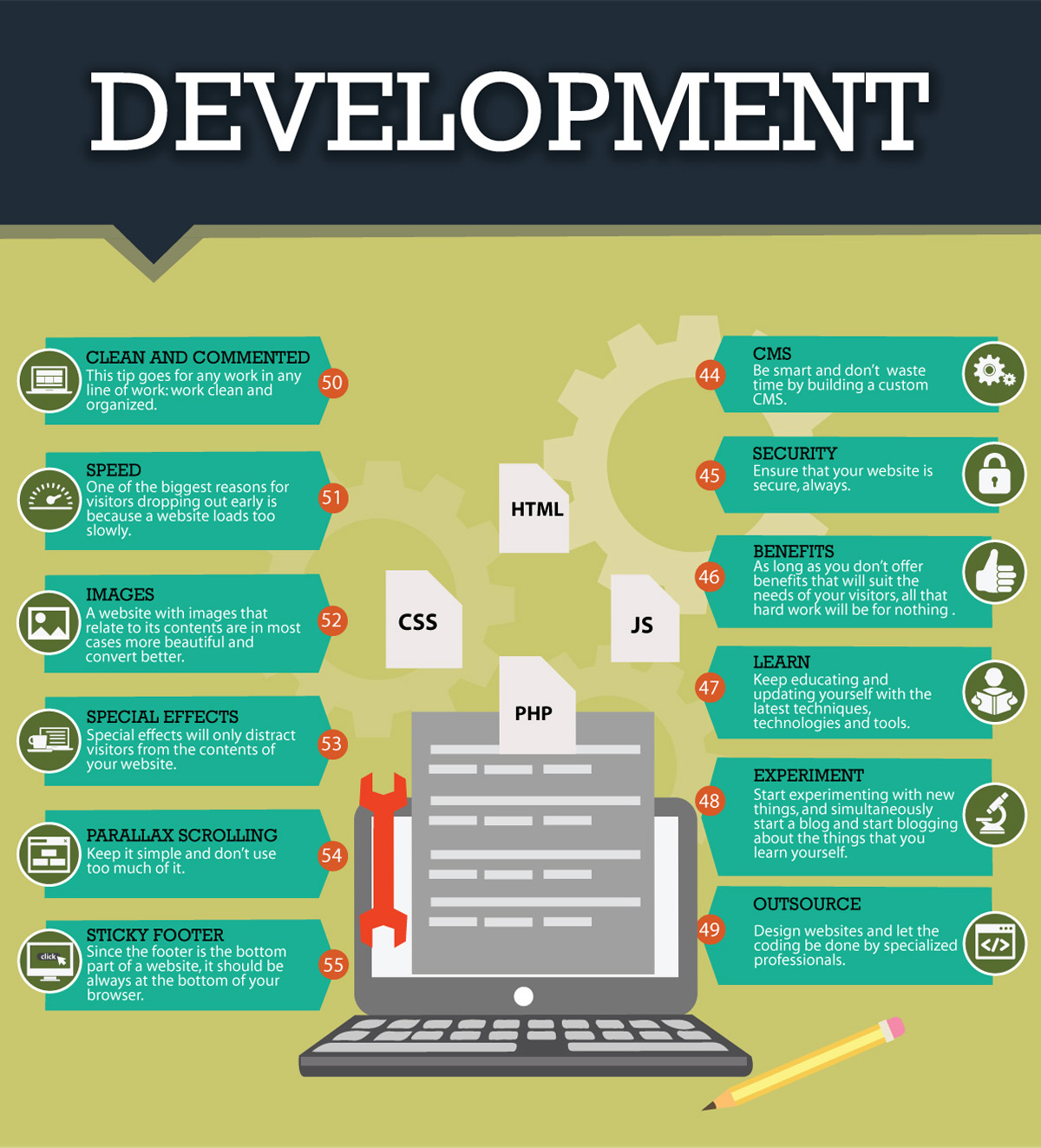The Advancement Of Site Style: From Past To Present
The Advancement Of Site Style: From Past To Present
Blog Article
Write-Up Created By-Kinney Clarke
In the past, internet sites were easy and focused on information. Navigation was direct, and design was for desktop computers. Now, user experience is crucial. Data overviews styles for easy navigating. Responsive layouts match various devices. Today, dark mode minimizes pressure, and minimal food selections enhance navigating. Interactive functions engage users, and strong visuals stand apart. AI integration improves interaction. See how design has evolved to boost your online journey.
Early Days of Web Design
In the early days of website design, simpleness reigned supreme. Web sites were fundamental, with restricted colors, typefaces, and formats. The emphasis got on supplying details rather than showy visuals. Customers accessed the internet via sluggish dial-up links, so speed and functionality were vital.
Navigation menus were straightforward, commonly located at the top or side of the web page. Websites were designed for computer, as mobile browsing had not been yet widespread. Content was king, and developers prioritized very easy readability over complicated layout components.
HTML was the key coding language used, and developers needed to function within its constraints. Animations and interactive attributes were marginal compared to today's standards. Click On this page were static, with little vibrant web content or tailored individual experiences.
Increase of User-Focused Design
With the development of internet site layout, a change in the direction of user-focused design principles has actually become significantly noticeable. Today, producing websites that prioritize customer experience is essential for involving visitors and attaining business objectives. User-focused style entails comprehending the needs, choices, and habits of your target market to customize the internet site's format, content, and includes as necessary.
Designers now conduct comprehensive research study, such as customer studies and functionality testing, to collect understandings and comments directly from individuals. This data-driven approach assists in producing user-friendly navigation, clear calls-to-action, and visually appealing interfaces that reverberate with visitors. By putting the individual at the facility of the design procedure, internet sites can supply an extra individualized and enjoyable experience.
Responsive layout has additionally emerged as an essential facet of user-focused design, making certain that web sites are optimized for numerous tools and display dimensions. This flexibility boosts ease of access and functionality, satisfying the diverse methods customers communicate with websites today. In essence, the rise of user-focused design represents a change in the direction of creating electronic experiences that prioritize the demands and assumptions of the end user.
Modern Trends in Web Design
Discover the current trends forming web design today. One prominent pattern is dark setting style, providing a sleek and contemporary appearance while reducing eye pressure in low-light atmospheres. Another essential fad is minimal navigation, simplifying food selections and boosting customer experience by focusing on essential elements. Integrating micro-interactions, such as animated switches or scrolling impacts, can develop an extra interesting and interactive internet site. Receptive style stays critical, making certain smooth user experiences across numerous gadgets. In addition, using strong typography and unbalanced formats can add aesthetic passion and accentuate specific web content.
Integrating AI innovation, like chatbots for client assistance or tailored recommendations, improves customer engagement and simplifies procedures. Accessibility has likewise come to be a substantial trend, with designers focusing on inclusive style techniques to cater to varied customer needs. Accepting sustainability by optimizing internet site efficiency for speed and performance is an additional emerging trend in web design. Working together with customer feedback and information analytics to repeat and boost design constantly is vital for remaining pertinent in the ever-evolving digital landscape. By welcoming these contemporary patterns, you can develop an aesthetically attractive, user-friendly site that reverberates with your audience.
Final thought
As you reflect on the development of site style from the early days to now, you can see how user-focused layout has come to be the driving force behind contemporary patterns.
Embrace the journey of modification and adjustment in website design, constantly keeping the customer experience at the forefront.
Remain present with the most up to date fads and technologies, and never quit progressing your method to develop visually magnificent and straightforward internet sites.
Progress, adjust, and develop - the future of website design is in your hands.
